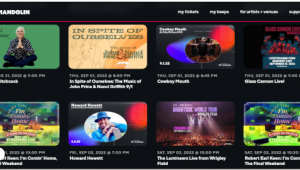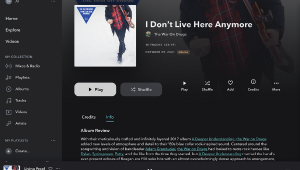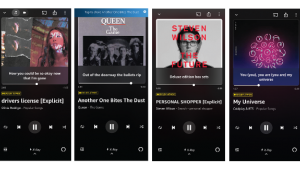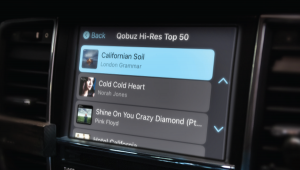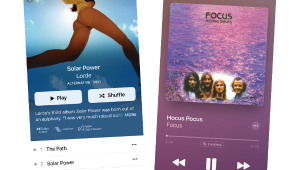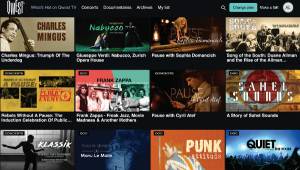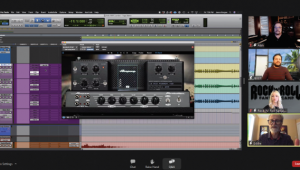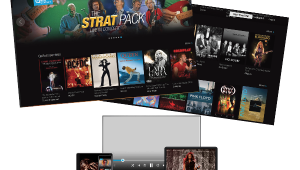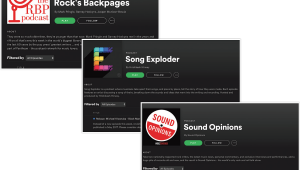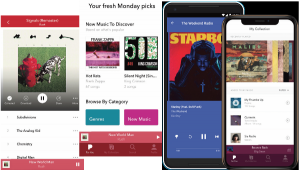Hands On with Qobuz Hi-Res Music Streaming
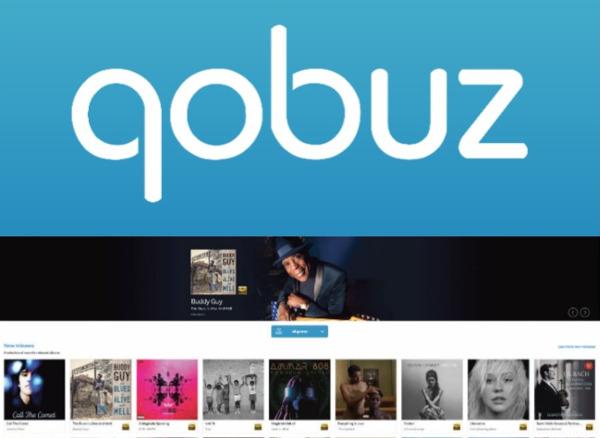
In a recent interview with Sound & Vision, Qobuz’s Chief High-Res Evangelist David Solomon laid out the company’s mission in no uncertain terms. “Unlike Apple and Tidal, Qobuz will be the first streaming platform in North America that offers true high-resolution music, up to 24/192,” Solomon declared. “There’s no need for a special DAC or server. Qobuz ‘unfolds’ resolutions from 16/44 to 24/192 on any computer or capable device from FLAC files.” In other words, the MQA codec is decidedly not part of the Qobuz streaming picture. Also, Roon integration is a priority for the company that is in development
Qobuz — pronounced “ko-buzz” — currently offers over 170,000 albums, or the equivalent of well over 2 million tracks, in its hi-res library (plus an additional 40 million tracks at 16/44.1). I was graciously granted carte-blanche access to the top-shelf Sublime+ tier for this review, and I dove into that massive hi-res catalog with relish. I had little or no interest in listening to any track at 16-bit/44.1kHz — I mean, why even bother with average, “standard” res anymore? — so I only zeroed in on tracks offered at 24-bit resolution.
It was easy to find just about any hi-res track or album available since they’re all stamped with the instantly recognizable and universally approved Hi-Res Audio logo. I found the Qobuz app and site navigation to be quite intuitive and informative, whether I was accessing things via laptop or phone. (PC, Mac, and Android/iOS are all supported.) Track information was plentiful and accessible in real time, as I could call up the names of production personnel and other mixing and mastering details during playback without interruption. However, quaint European traces remain in the Qobuz nomenclature: “Favourites” is spelled out with the “u” still included, for example.
But then, the real good sonic stuff just kept on flowing. During 24/96 playback of Pink Floyd’s “High Hopes,” the lynchpin track of 1994’s The Division Bell, the insistently repetitive right-channel church bell in the key of C was as clear as, well, a bell, and I actually swatted at the air in front of me with my right hand as a buzzing fly ping-ponged across the sound field all throughout the song’s intro.
On the 24/96 version of the recast “Can’t Run But” on Paul Simon’s 2018 effort In the Blue Light, the deliberate millisecond pause Simon inserts after the “bu” and right before the punch he adds to the “t” at the end of “but” is heightened, serving to emphasize the songwriter/vocalist’s intent during each pass. Simon’s self-generated percussion and the palpable stringed accompaniment by the yMusic ensemble only reveal more depth of field upon repeat listens.
Some have criticized Qobuz in the past for focusing recommendations and home-page space on favored French artists, but I didn’t find any excessive jingoism during my evaluation. That said, in the interest of international partisanship, I auditioned tracks from French artists Charlotte Gainsbourg and Jean Michel Jarre — “fair play for Paris,” as it were. The low-end groove-funkin’ hit me hard during the 24/44.1 take on “Sylvia Says” (from Gainsbourg’s 2017 reflective requiem,Rest), while the all-out electronic keyboard wash and sizzle permeating the 24/48 version of “Oxygene, Pt. 19” (from Jarre’s 2018 Planet Jarre compilation) flowed over me like the River Seine.
One caveat: Not everything you expect to be in hi-res is available here — yet. Some of my preferred audition albums, such as Steven Wilson’s 2013 masterpiece The Raven That Refused to Sing (and other stories), are not yet offered in Qobuz hi-res options. Even so, there was plenty of Wilson-helmed hi-res material to enjoy, like the 24/96 version of 2016’s Hand. Cannot. Erase. Naturally, we expect Qobuz to upgrade certain key 16/44.1 offerings to their higher-res counterparts.
How much does Qobuz cost, you ask? Aye, that may be the rub. The Sublime+ tier runs $299.99 a year for hi-res streaming and download discounts, while the Studio plan is $249.99 a year, or $24.99 a month. (The somewhat less expensive CD-quality Hi-Fi and 320 kbps MP3-quality Premium streaming options are counterintuitive to the listening needs of this readership, IMO.) In my view, if Qobuz continues to up the ante with the breadth of its hi-res offerings, the big-ticket admission fee is but a small price to pay for a high-quality aural buzz you’ll crave time and time again.
